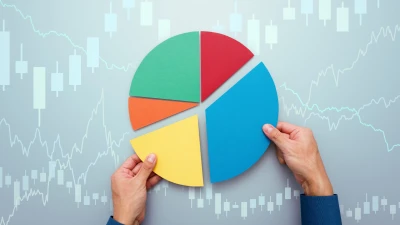Lonsec re-vamps iRate platform



Financial advisers will now be able to generate quicker and more in-depth financial analysis, after Lonsec announced the launch of research and reporting capability and tools platform, iRate.
In response to rapid developments in technology and increased competition across the finance sector, Lonsec Research chief executive, Matt Olsen, said that the enhanced iRate platform would take things back to basics.
"Despite new pressures, advisers must remain focused on the fundamentals of financial advice provision, on delivering outcomes related to client objectives," he said.
"Can they adapt the wealth of market data and information available to them in a way that is meaningful for individual clients?"
Olsen said that it was vital that platforms continued to evolve their adviser tools at the same pace as technology; iRate's new features are set to offer user-defined product asset classes, in line with the industry shift to transition to customer-centric providers.
"iRate will now offer time-series portfolios, allowing users to analyse a portfolio's performance where changes have been made to the holdings or asset allocation over time, as well as create user-defined product asset classes," he said.
"iRate enables users to create and analyse equity-only model portfolios, with fully integrated equity research. iRate also allows users to import and export portfolios easily."
Recommended for you
Compared to four years ago when the divide between boutique and large licensees were largely equal, adviser movements have seen this trend shift in light of new licensees commencing.
As ongoing market uncertainty sees advisers look beyond traditional equity exposure, Fidante has found adviser interest in small caps and emerging markets for portfolio returns has almost doubled since April.
CoreData has shared the top areas of demand for cryptocurrency advice but finds investors are seeking advisers who actively invest in the asset themselves.
With regulators ‘raising the bar’ on retirement planning, Lonsec Research and Ratings has urged advisers to place greater focus on sequencing and longevity risk as they navigate clients through the shifting landscape.











